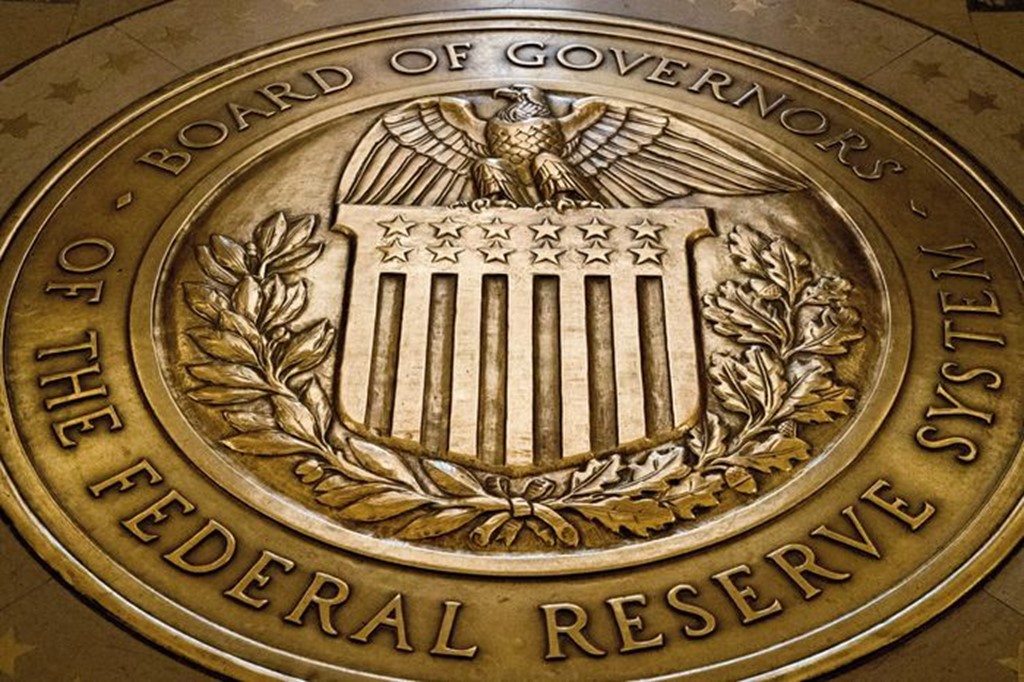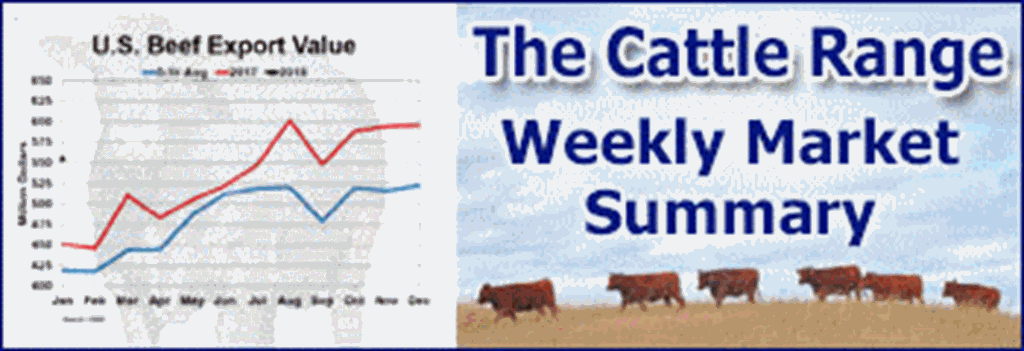The Federal Reserve moved ahead with another interest rate hike Wednesday, saying that inflation is expected to be hotter than they had previously thought.
The Fed lifted its benchmark fed funds rate by a quarter of one percentage point to a range of 4.75%-5%. Only a year ago, that rate was close to zero.
In a statement, the Fed said “some additional policy firming may be appropriate” to bring inflation back to the 2% target.
This language replaces the previous statements that “ongoing increases” in the Fed’s benchmark rate would be needed.
“The FOMC will closely monitor incoming information and assess the implications for monetary policy,” the statement said.
The central bank’s updated “dot-plot” forecast for the fed funds rate shows only one more rate hike this year. The Fed’s endpoint is a range of 5% – 5.25%. Seven of 11 Fed officials penciled in two rate hikes.
The Fed didn’t project any rate cuts this year.
Markets are skeptical. They see the central bank lowering interest rates this year. That is a clear sign investors are worries about a sharp downturn, economist said.
The vote to raise the Fed’s policy rate was unanimous.
The Fed outlook for the economy was shaken by the sudden collapse of Silicon Valley Bank twelve days ago.
The market volatility spread quickly across the globe and eventually led to the merger over the weekend of Swiss banking giant Credit Suisse by rival Swiss investment bank UBS.
Before the turmoil, the Fed had been pointing to a possible half percentage point rate hike on Wednesday. That’s because the latest data showed that inflation was not going down as previous data had suggested.
Some economists have argued that it is a mistake for the Fed to raise its benchmark rate given that the market remains on edge about the health of banks, even though there have been some signs that anxiety has eased this week.
Other economists argued that a pause would make the Fed seem distracted and raise concern that the central bank would allow inflation to persistently run above target.
The Fed’s updated economic forecast showed slightly weaker growth and higher inflation this year.
The Fed’d dot-plot continued to show rate cuts in 2024 and 2025. The Fed penciled in a low rate of 3.1% by the end of that period.
Talk of recession has increased in the wake of the bank sector stress. If banks worry about their health and cut back on lending, it could lead to a “credit crunch” like the one that lead to the deep economic downturn after the collapse of Lehman Brothers in 2008. But many economists say this fear is overblown and that most of the banking sector will continue to lend.
The Fed has set up a new emergency loan program that will allow banks to quickly get cash if depositors decide to move their money. It was a run by depositors that caused the trouble at Silicon Valley Bank.
Even though its balance sheet rose due to the new loans, the central bank made no changes to its “quantitative tightening” program to slowly shrink its balance sheet over time.
Fed Chairman Powell will hold a press conference starting at 2:30 p.m. Eastern.
Fed policy makers will meet again in early May.












